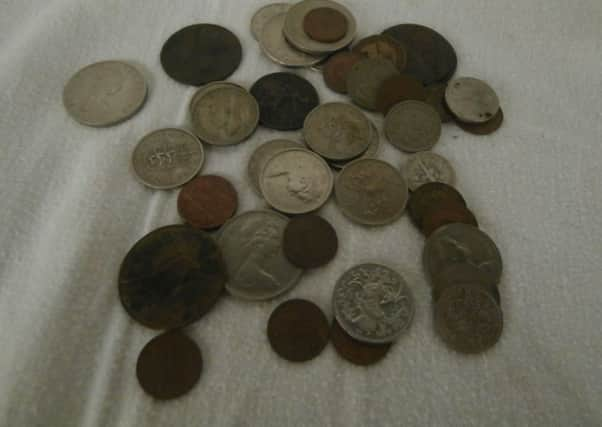Find out why coin collecting is flipping good


In a list of the nation’s favourite hobbies, stamp collecting and coin collecting are in the top five pastimes. If you narrow that search to the most popular collectables, stamps, coins and postcards are all in the top three. We mentioned postcards a few weeks ago, so over the next two weeks we are going to look at coins and stamps in a bit more detail.
It’s very timely, too, as we are all getting used to the look and feel of the new £5 notes, as well as trying to push the new £1 coin into trolleys, lockers and parking meters that won’t accept them yet! The earliest coins are almost 3,000 years old but the practice of trading with coins as “money” did not reach our shores until the 1st century BC, 900 years later. In Britain, coins were made by hand until well into the 17th century when Charles II brought experts from Holland to oversee a machining process. These machine-made coins were made with a mill and screw press and known as “milled”. This milling equipment continued to be used
Advertisement
Hide AdAdvertisement
Hide Aduntil the end of the 18th century. Milled silver coinage collecting is one of the most popular fields of collecting.
One of the appeals of
numismatics (coin collecting) is its scope for specialising. As well as coinage from different countries, collectors can concentrate on commemorative coins, coins from different periods or specific coins like crowns. Whatever the specialism, the condition is paramount. The most valuable are those in mint condition, (never been used). A deteriorated condition is not always due to a high level of circulation. Often, coins lose value through poor care, over zealous scrubbing by a collector or from being stored in plastic envelopes, which make them sweat and corrode. Coins that have been pierced and made into jewellery are of virtually no interest to collectors.
Sometimes, coins fetch incredibly high prices at auctions. Fortunately, the majority are sold for less than £25. For some this is a good increase on the issue value. For example, a 1970s half-penny might be worth £1 and old pennies from the 1930s are worth between £2 and £6, depending on their condition. Others, like a 1981 Royal Wedding Commemorative coin are worth between £1 - £2. These coins are on sale at GB Antiques Centre in a bag for just £4 for the lot. It would be worth taking them all and looking through to see exactly what is in there. The others are less than £1 each.